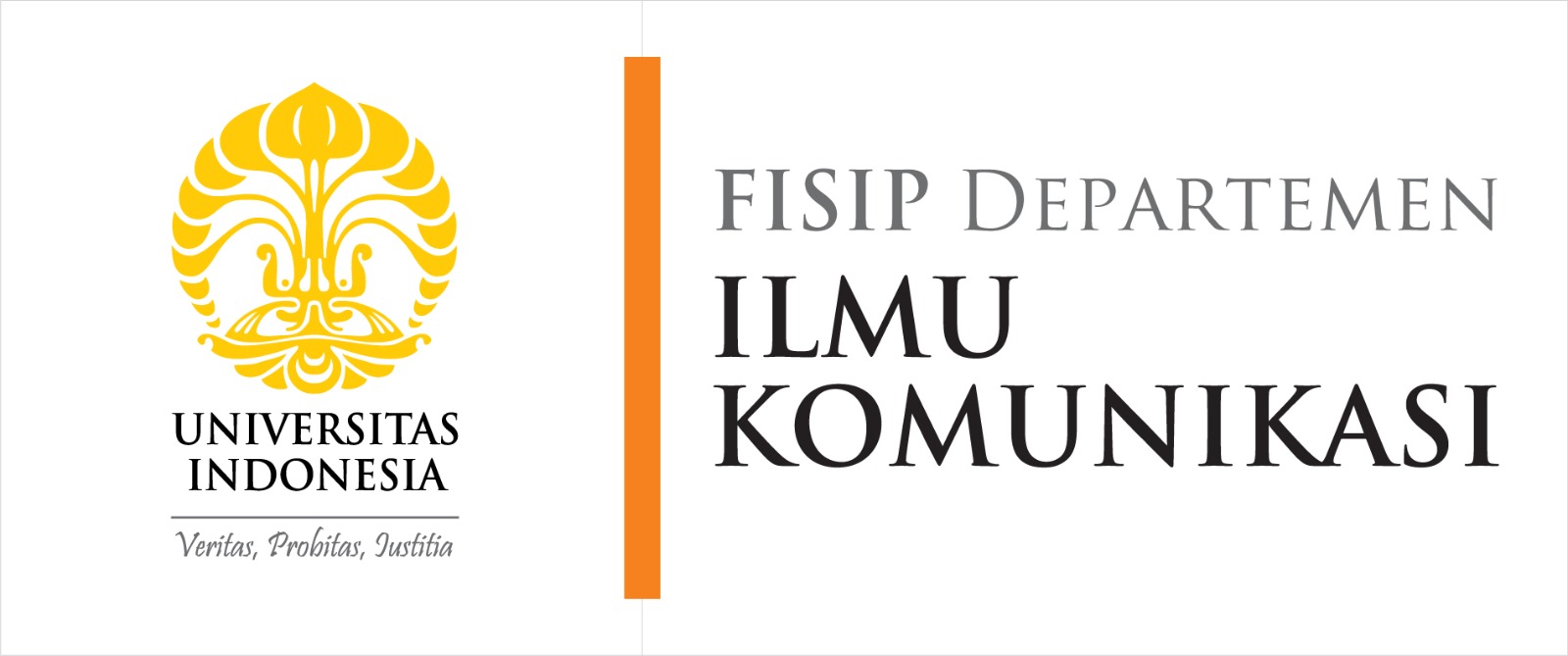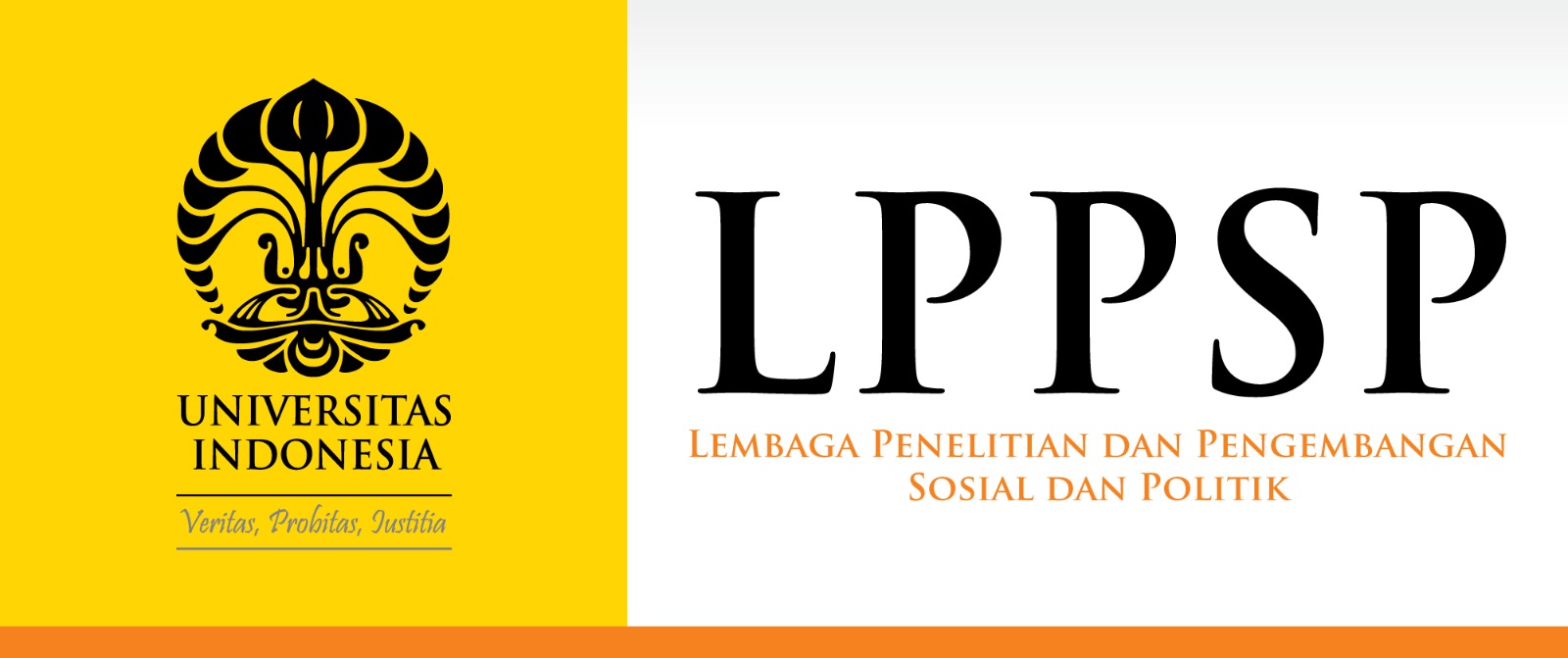JURNAL KOMUNIKASI INDONESIA
Abstract
Cities and urban regions have become centers of innovation since the Industrial Revolution and they continue to be so in the realm of Digital Revolution, using the concept of the smart city which combines modern ICT infrastructure with economic growth, high quality of life, wise natural resources management as well as investment in human and social capital through participatory government. Employing two (2) approaches, namely: (1) construction of regional competitiveness; and (2) place branding, this paper analyze South Tangerang city brand identities constructed via stakeholders’ direct experiences and official documents based on the smart city attributes and indicators coined by Nam & Pardo (2011). The study constructed data gathered from desk research and semi-structured interviews with 19 informants representing quadruple helix. The results showed that South Tangerang has strong points in the human dimension of a smart city but still need improvements in technology and institution dimension. Identities constructed from its stakeholders' perception and secondary data indicate that South Tangerang is an urban area dan has a basis for a knowledge-based economy.
References
Badan Pusat Statistik Tangerang Selatan (2017). South Tangerang in Figures. https://bappeda.bantenprov.go.id/upload/STATISTIK/KOTA%20TANGSEL/Statistik%20Daerah%20Kota%20Tangerang%20Selatan%202016.pdf
Caragliu, Andrea, Bo, Del Chiara dan Peter Nijkamp. (2011). Smart Cities in Europe. Journal of Urban Technology, 18:2, 65-82
Oliveira , Eduardo. (2015). Constructing Regional Advantage in Branding Cross-Border European Galicia-Northern Portugal. Regional Studies, Regional Science, 2:1, 341-349
Bauwens, Michel. (2012). Synthetic Overview Of The Collaborative Economy. P2P Foundation
Fuchs, Christian. (2014). Social Media A Critical Introduction. Sage Publication, London.
Gabrys, Jennifer. (2014). Programming environments: Environmentality and citizen sensing in the smart city. Environment and Planning D: Society and Space, Vol.32, 1, 30-48
Giffinger, Rudolf dan Natasa Pichler-Milanovic. (2007). Smart Cities: Ranking of European Medium-Sized Cities. Centre Regional Science, Vienna University of Technology
Holland, Robert G. (2014). Critical Interventions Into The Corporate Smart City. Cambridge Journal of Regions, Economy, and Society
Kavaratzi, Mihalis. (2004). From City Marketing to City Branding: Towards a theoretical framework for developing city brands. Place Branding. Vol 1, 1, 58-73
Kitchin, Rob. (2014). The Real-Time City? Big Data and Smart Urbanism. GeoJournal, 79: 1-14
Krivy, Maros. (2016). Toward A Critique Of Cybernetic Urbanism: The Smart City And Society Control. Planning Theory, 1-23.
Makna Informasi Indonesia (2013). City Branding Tangerang Selatan. Unpublished.
Nam, Taewoo dan Theresa A Pardo. (2011). Conceptualizing Smart City with Dimensions of Technology, People, and Institutions. The Proceeding of 12th Annual International Conference on Digital Government Research
Pattison, Hugh M. (2014). e-Novation: A Platform for Innovation in the Digital Economy. F.J Martinez-Lopez (ed). Handbook of Strategic e-Business Management, Progress in IS. Berlin Heildelberg, Springer-Verlag
Perez, Carlota. (2010). Technological Revolutions and Techno-Economic Paradigm. Cambridge Journal of Economics, 43, 185-202
Yananda, Muhammad Rahmat. (2017). Right to Digital City: Perbincangan tentang Smart City. http://brandingkota.maknainformasi.com/right-to-the-digital-city/
Yananda, Muhammad Rahmat, Maksum, Irfan and H. Fatthurahman. (2017). Promoting Collaboration in Jabodetabekjur: A Learning Regions Perspective on Knowledge-Base Economy. Policy and Governance Review, 1 (1), 37-54
Soderstrom, Ola, Paasche, Till dan Francisco Klauser. (2014). Smart Cities As Corporate Storytelling. City, Vol.18, No.3, 307-320
Wiig, Alan. (2016). The Empty Rhetoric Of Smart City: From Digital Inclusion to Economic Promotion in Philadelphia. Urban Geography, Vol.37, No.4, 535-553
Recommended Citation
Salamah, Ummi and Yananda, Muhammad Rahmat
(2018)
"Constructing A Smart City Brand Identity: The Case of South Tangerang,"
JURNAL KOMUNIKASI INDONESIA: Vol. 7:
No.
3, Article 1.
DOI: 10.7454/jki.v7i3.9776
Available at:
https://scholarhub.ui.ac.id/jkmi/vol7/iss3/1
Included in
Gender, Race, Sexuality, and Ethnicity in Communication Commons, International and Intercultural Communication Commons, Social Influence and Political Communication Commons




